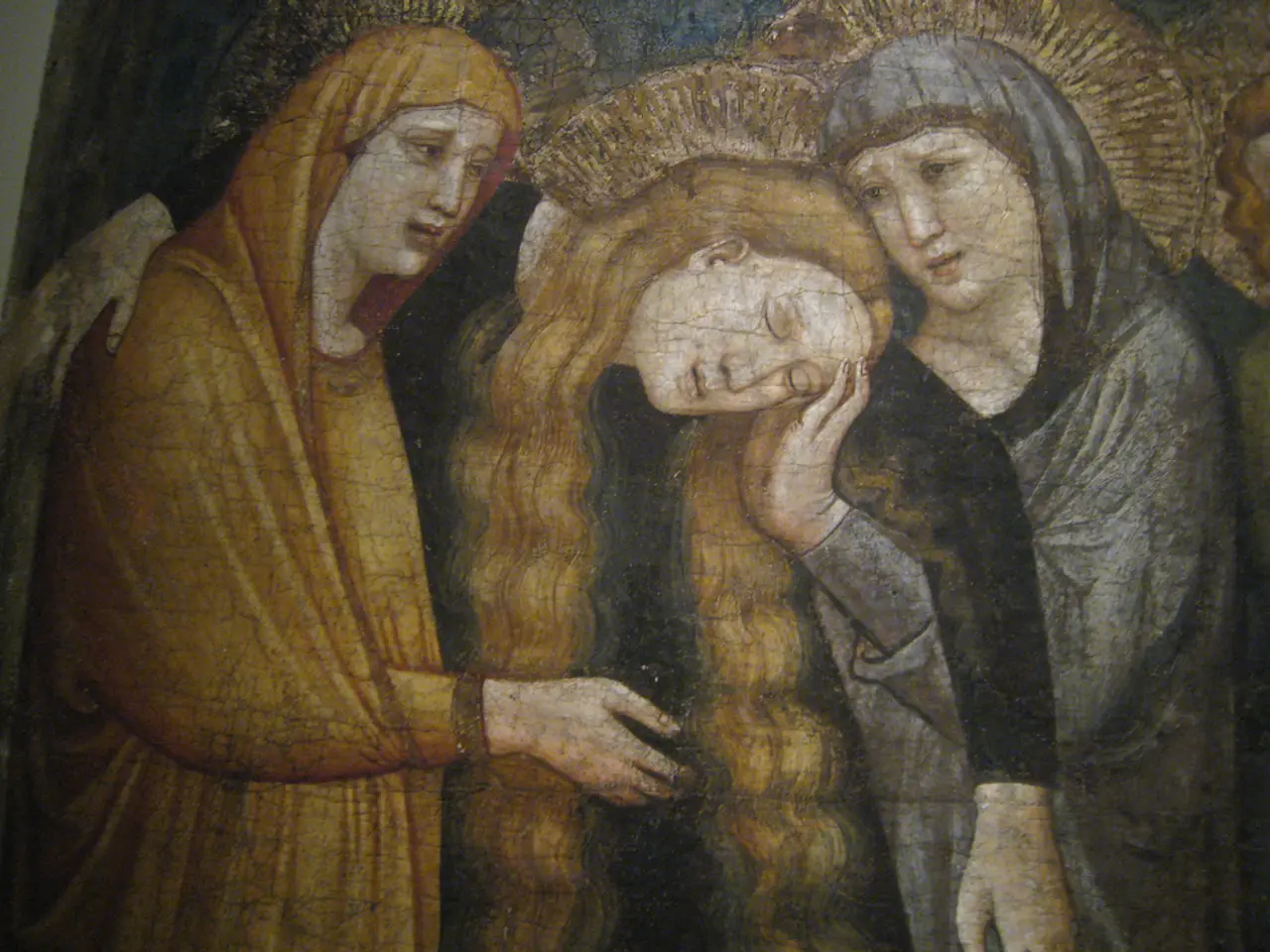AI-painted Google's Nighthawks masterpiece falls short of artistic essence
On August 11, 2025, Google unveiled Genie 3, a groundbreaking AI model that can turn iconic artwork into immersive, 3D interactive experiences. The demonstration, shared on X, showcased Edward Hopper's Nighthawks, a piece now in the public domain in the United States.
Research scientist Aleksander Holynski demonstrated how viewers could 'step inside' Nighthawks, navigating the scene in real time at 24 frames per second. However, the viewer in the video above seemed to quickly lose interest in Hopper's scene and focus on the dark alley instead.
This new technology offers exciting possibilities for enhanced engagement and learning. Genie 3 enables users to explore artworks immersively, deepening appreciation and understanding. It also opens up innovative storytelling and creativity, offering a new medium for narrative exploration beyond traditional art.
However, the use of AI for such applications also raises concerns. Transforming classic paintings into interactive 3D spaces might alter or dilute the original artistic intent, mood, or historical context. For example, Hopper's Nighthawks is renowned for its atmospheric stillness and narrative ambiguity, which might be compromised by adding interactivity or dynamic elements.
Moreover, ethical and copyright issues arise when modifying and publicly distributing interactive AI-generated versions of copyrighted artworks or their detailed replicas. Giving other works of art the same AI treatment may raise questions about artist rights, authenticity, and commercialization without proper consent or attribution.
Technical limitations also pose challenges. Although Genie 3 can create impressively dynamic worlds, the resolution is currently 720p and the persistence lasts only a few minutes, which might limit the quality and depth of the immersive experience.
Finally, there is a risk of oversimplification or distortion. AI-generated environments might unintentionally introduce inaccuracies, anachronisms, or fantastical elements inconsistent with the painting’s original style or period, potentially confusing or misleading viewers about the artwork.
In summary, Google's Genie 3 model offers groundbreaking AI capabilities to create real-time, interactive explorations of classic artworks. However, this also raises questions regarding fidelity to the original art, ethical use, and technical fidelity of these AI-generated experiential worlds.
Read also:
- Tesla is reportedly staying away from the solid-state battery trend, as suggested by indications from CATL and Panasonic.
- Tech giant Apple debuts sports app integrating betting odds provided by DraftKings
- California links 100,000 home storage batteries through its Virtual Power Plant program.
- Fortnite supporters experience uncertainty as Epic Games criticizes the CMA for postponing the iOS release in the UK




